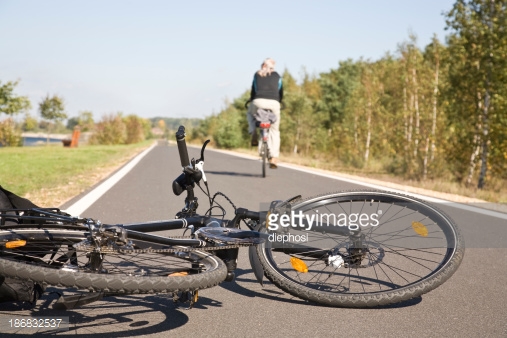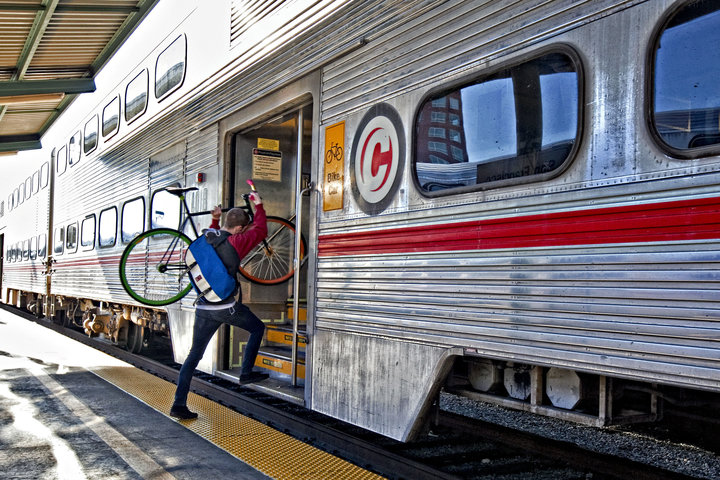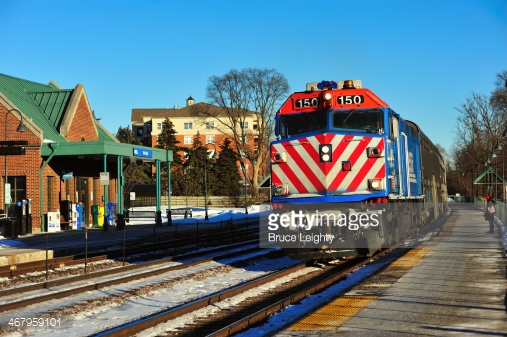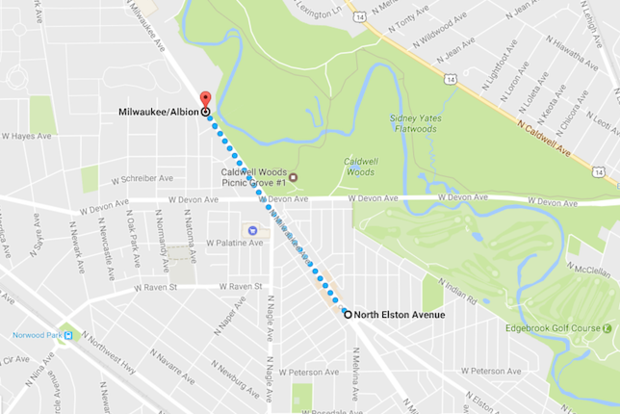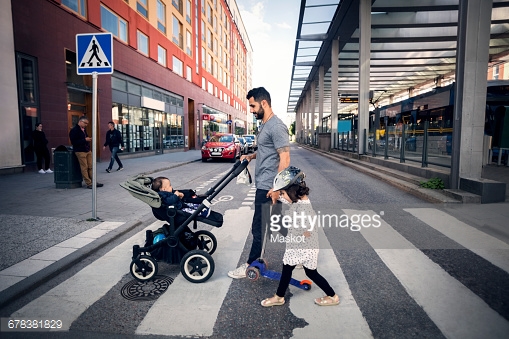The Louisville doctor dragged off a United Airlines flight at O’Hare airport to make room for airline workers who wanted to board the plane has hired a high-profile Chicago attorney.
Tom Demetrio of the Corboy & Demetrio law firm that is routinely in the mix on high-profile personal injury and aviation cases, is part of Dr. David Dao’s new legal team.
Dao also is represented by Stephen L. Golan of Golan Christie Taglia, who issued a brief statement on Dao’s behalf Tuesday — not long after United’s CEO issued an apology for the infamous incident seen around the world.
According to the statement, Dao is undergoing treatment in a Chicago hospital for his injuries.
“The family of Dr. Dao wants the world to know that they are very appreciative of the outpouring of prayers, concern and support they have received. Currently, they are focused only on Dr. Dao’s medical care and treatment,” said Golan.
“Until Dr. Dao is released from the hospital, the family is asking for privacy and will not be making any statements to the media,” both attorneys said.
Demetrio is a partner at Corboy & Demetrio and is a former president of the Chicago Bar Association and the Illinois Trial Lawyers Association.
He’s won multimillion dollar settlements in wrongful death cases. According to his bio, Demetrio “has negotiated well over $1 billion in settlements and acquired the largest personal injury verdict ever upheld by the Illinois Supreme Court. He has never lost an appeal.”
Meanwhile, United Airlines’ CEO Oscar Munoz offered his “deepest apologies” to Dao.
Munoz came under fire for his initial responses to the Sunday evening incident, which was captured in several videos that went viral on social media.
Munoz had described the flight’s booted passengers as being “re-accommodate[d],” and in a letter to employees, called Dao “disruptive and belligerent” and said employees had “followed established procedures.”
But in a public apology shared by United on Tuesday, Munoz changed his tone, describing the incident as “truly horrific” and saying United took responsibility.
“The truly horrific event that occurred on this flight has elicited many responses from all of us: outrage, anger, disappointment. I share all of those sentiments, and one above all: my deepest apologies for what happened,” Munoz wrote in the statement. “Like you, I continue to be disturbed by what happened on this flight and I deeply apologize to the customer forcibly removed and to all the customers aboard.”
United CEO Oscar Munoz: I’m sorry. We will fix this. https://t.co/v8EPGsiDCipic.twitter.com/eOPiYcagvo
— United (@united) April 11, 2017
Videos of the incident show officers pulling Dao from his chair and dragging him out by his arms. His mouth, chin and cheek are smeared with blood.
The airline asked four passengers to leave the plane voluntarily because four nonworking crew members needed to fly to Louisville, said travelers who wrote about the incident online. When no one volunteered to give up a seat, the airline said a computer would randomly select four people to be removed, a passenger reported.
Dao was among those selected, but he told airline employees he was a doctor and needed to go home to see patients in the morning, according to passenger accounts.
That’s when he was dragged off the plane, according to the passengers.
Other videos show Dao returning and walking up the plane’s aisle, saying, “I have to go home. I have to go home.”
Two videos show Dao bleeding and clutching a curtain in the aisle while saying, “Just kill me. Kill me.”
RELATED: New Video Shows Bloodied United Airlines Passenger Saying ‘Please Kill Me’
A Chicago Aviation Department security officer who helped remove Dao from the plane has been suspended “pending a thorough review,” officials said. The security officer’s identity has not been released.
“The incident on United flight 3411 was not in accordance with our standard operating procedure, and the actions of the aviation security officer are obviously not condoned by the Department,” said Karen Pride, a spokeswoman for the Aviation Department.
According to United’s “Contract of Carriage,” or set of policies: “If a flight is oversold, no one may be denied boarding against his/her will until UA or other carrier personnel first ask for volunteers who will give up their reservations willingly in exchange for compensation as determined by UA. If there are not enough volunteers, other passengers may be denied boarding involuntarily in accordance with UA’s boarding priority.”
Those who are the least likely to be denied boarding or deplaned due to overbooking are children traveling alone and passengers with disabilities. Other factors considered by the airline when deciding whom to remove include: a “passenger’s fare class, itinerary, status of frequent flyer program membership, and the time in which the passenger presents him/herself for check-in without advanced seat assignment.
@united @CNN @FoxNews @WHAS11 Man forcibly removed from plane somehow gets back on still bloody from being removed pic.twitter.com/njS3nC0pDl
— Tyler Bridges (@Tyler_Bridges) April 10, 2017
#flythefriendlyskies @united no words. This poor man!! pic.twitter.com/rn0rbeckwT
— Kaylyn Davis (@kaylyn_davis) April 10, 2017
#flythefriendlyskies my husband was on that flight. Screw you United!! @unitedpic.twitter.com/4EcxrMy5jZ
— Kaylyn Davis (@kaylyn_davis) April 10, 2017
#flythefriendlyskies @united my husband had to deboard because of the blood pic.twitter.com/AMywCaPlnC
— Kaylyn Davis (@kaylyn_davis) April 10, 2017
United CEO response to United Express Flight 3411. pic.twitter.com/rF5gNIvVd0
— United (@united) April 10, 2017
@united @CNN @NBCNewspic.twitter.com/gk7oPOSmQe
— Emily Powell (@Powell_Emily) April 9, 2017
@WHAS11 Kids were crying people are disturbed. Also after being removed the bloodied man somehow ran back on the plane repeating-I have to get home
— Tyler Bridges (@Tyler_Bridges) April 10, 2017
@United overbook #flight3411 and decided to force random passengers off the plane. Here’s how they did it: pic.twitter.com/QfefM8X2cW
— Jayse D. Anspach (@JayseDavid) April 10, 2017
@USAnonymous Flight 3411 from Chicago to Louisville was overbooked. After our team looked for volunteers, one customer refused to leave ^MD
— United (@united) April 10, 2017

